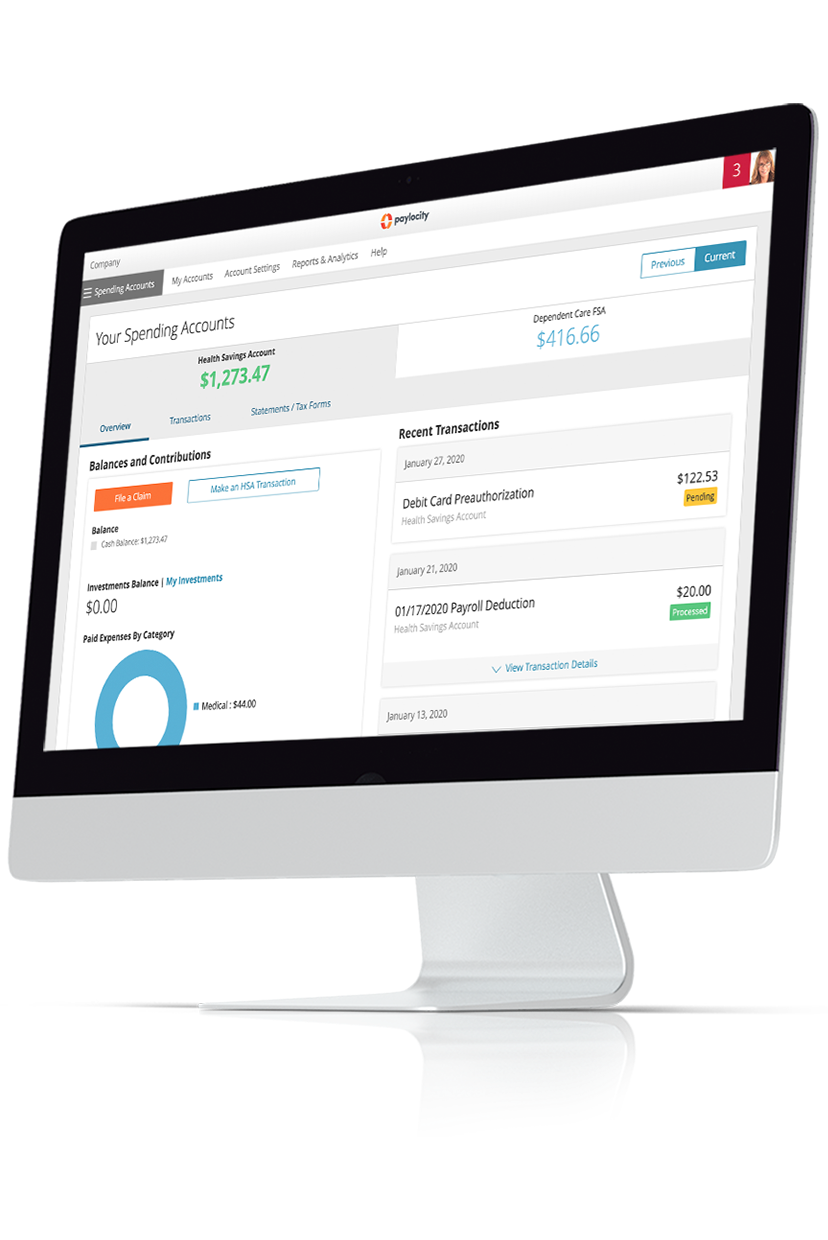Career Path Ratio
Summary Definition: An HR metric used to assess employee growth and movement within an organization, particularly promotions versus lateral changes.
What is a Career Path Ratio?
A career path ratio measures the ratio of vertical moves (promotions) within an organization against the number of lateral moves (new roles or responsibilities that don’t involve a promotion) over a given period.
Generally, employees don’t just move vertically through the ranks of an organization. They often move laterally, taking on new roles and responsibilities without a formal title promotion.
Working out a career path ratio helps organize the company’s structure for everyone’s benefit. For example, if a career path ratio for a given year contains many lateral moves but few vertical ones, an organization may benefit from easing or clarifying the path to promotion.
Key Takeaways
- A career path ratio measures vertical vs. lateral career moves within an organization over a specified period.
- Career path ratios can help a business understand and improve its organizational or hierarchical structure.
- Establishing a good ratio is helpful for employee journey mapping and improving development opportunities.
Understanding the Importance of the Career Path Ratio
A company’s career path ratio is crucial for several reasons. First, it can help monitor an individual’s performance, which also shows how healthy, fluid, and opportunity-rich the organizational structure is. With the right supplementary data (e.g., employee journey mapping), it can also yield important insights about company culture.
If a career path ratio is healthy, employees have plenty of opportunities to progress and change their current roles. If it’s unhealthy, employees may feel trapped in unchanging jobs and unable to grow or progress.
For example, a ratio too weighted toward lateral moves can lead to low motivation, poor job satisfaction, and high employee turnover. On the other hand, if the ratio is too weighted toward vertical progress, a company may have too many managers or an issue with “talent hoarding.”
The latter example occurs when employees can only progress upward through a pre-ordained career track (usually within a single department). This can lead to dissatisfaction, stagnation, and valuable employees leaving to find the change they need elsewhere.
Learn More: Career Pathing: Why It Matters & How to Get Started
How to Calculate Career Path Ratio
Career path ratios for both individuals and entire organizations can be calculated using roughly the same method:
- Specify the time period to be studied.
- Count the number of promotions received during that time.
- Divide that number by the number of transfers or role changes also experienced during that same time.
For example, if an employee had two lateral role changes and one promotion during this period, their ratio would be 0.5.
Employee Career Path Ratio Calculation
Total Promotions / Total Transfers
Example: 1 promotion / 2 transfers = 0.5 career path ratio
To calculate an organization's career path ratio, similarly divide the total number of all promotions by the total number of all lateral role changes/transfers.
For example, if an organization oversaw 25 transfers and 10 promotions, the career path ratio for that organization would be 0.4.
Organization Career Path Ratio Calculation
Total Promotions (across the organization) / Total Transfers (across the organization)
Example: 25 transfers / 10 promotions = 0.4 career path ratio for the organization
Lateral vs. Vertical Moves
If a company’s structure is loose and undefined, it may be hard to decide what constitutes "lateral" and "vertical" moves. In such cases, companies can resolve confusion with job leveling, which provides employees with a clearer path of advancement through the organization.
Establishing how a structure works is useful both for succession planning and helping employees envision and articulate their goals.
What is a Good Career Path Ratio?
A good career path ratio is usually between 0.2 and 0.6.
Ratios higher than 0.6 indicate excessive promotions, which could lead to over-management within the organization or employees too quickly hitting their career “ceiling.”
Conversely, ratios under 0.2 indicate an excess of lateral movements, suggesting an upward mobility problem.
The ideal career path ratio should be around 0.25 (i.e., four lateral moves for every one vertical move) to create a balance of opportunities for both change and growth within an organization.

Upgrade Your Benefits Admin to Wow Employees
Stand out from the competition with a benefits experience that makes it simple for employees to choose and manage. Our tools make enrollment and day-to-day tasks quicker for you and understanding and select the best plans easier for them. Find out how modern tools empower employees, ensure accuracy and compliance, and pull data to keep costs where you want them.